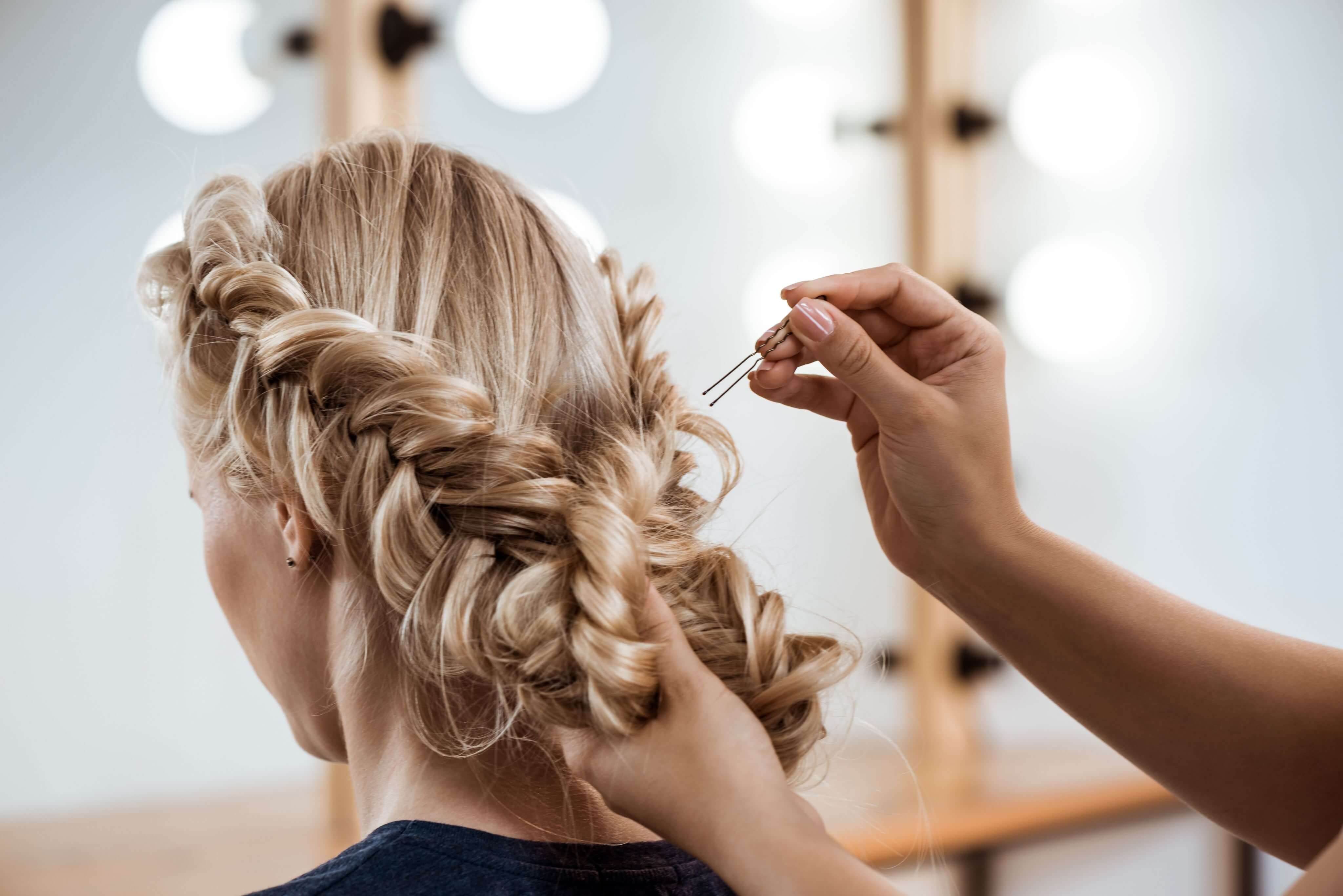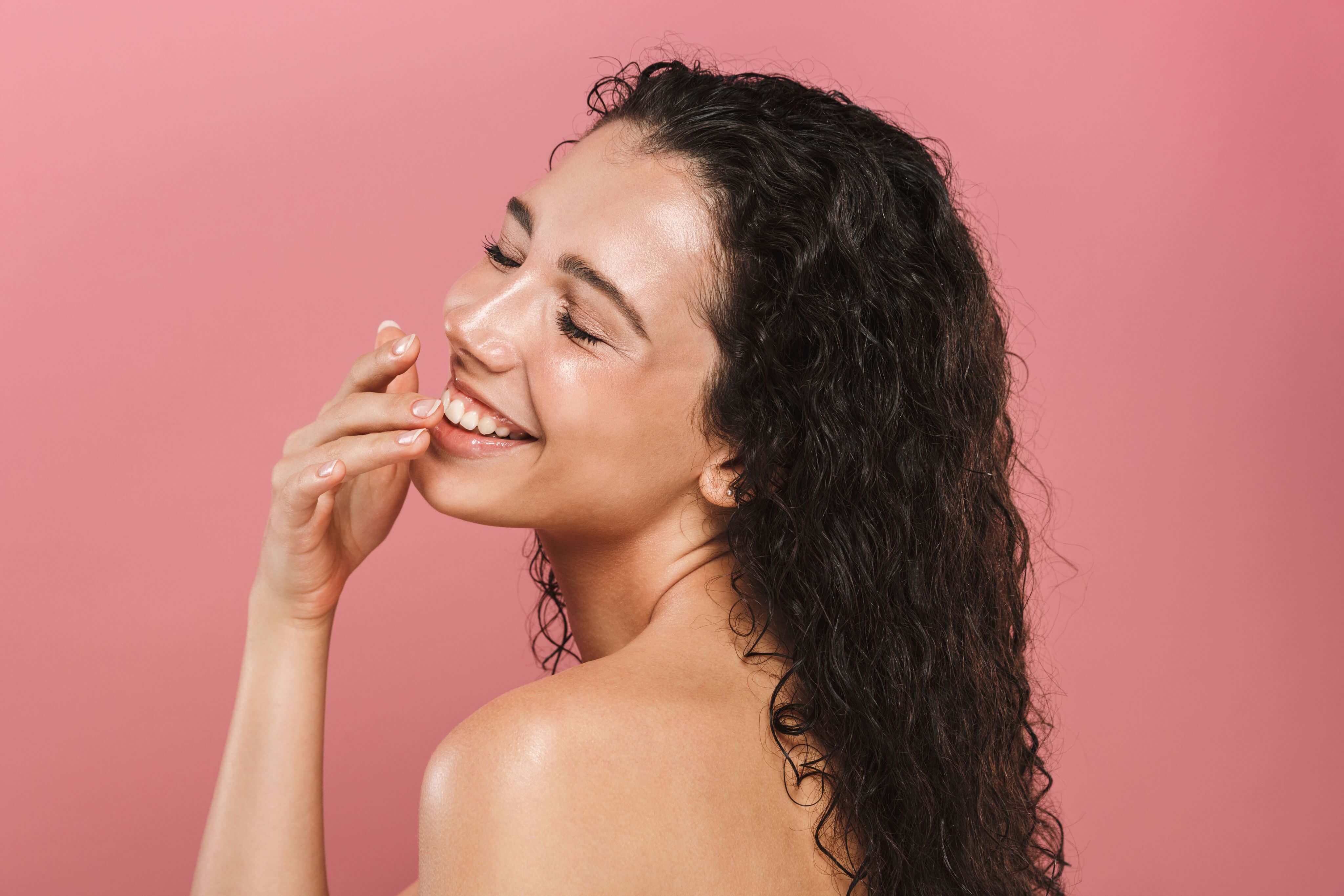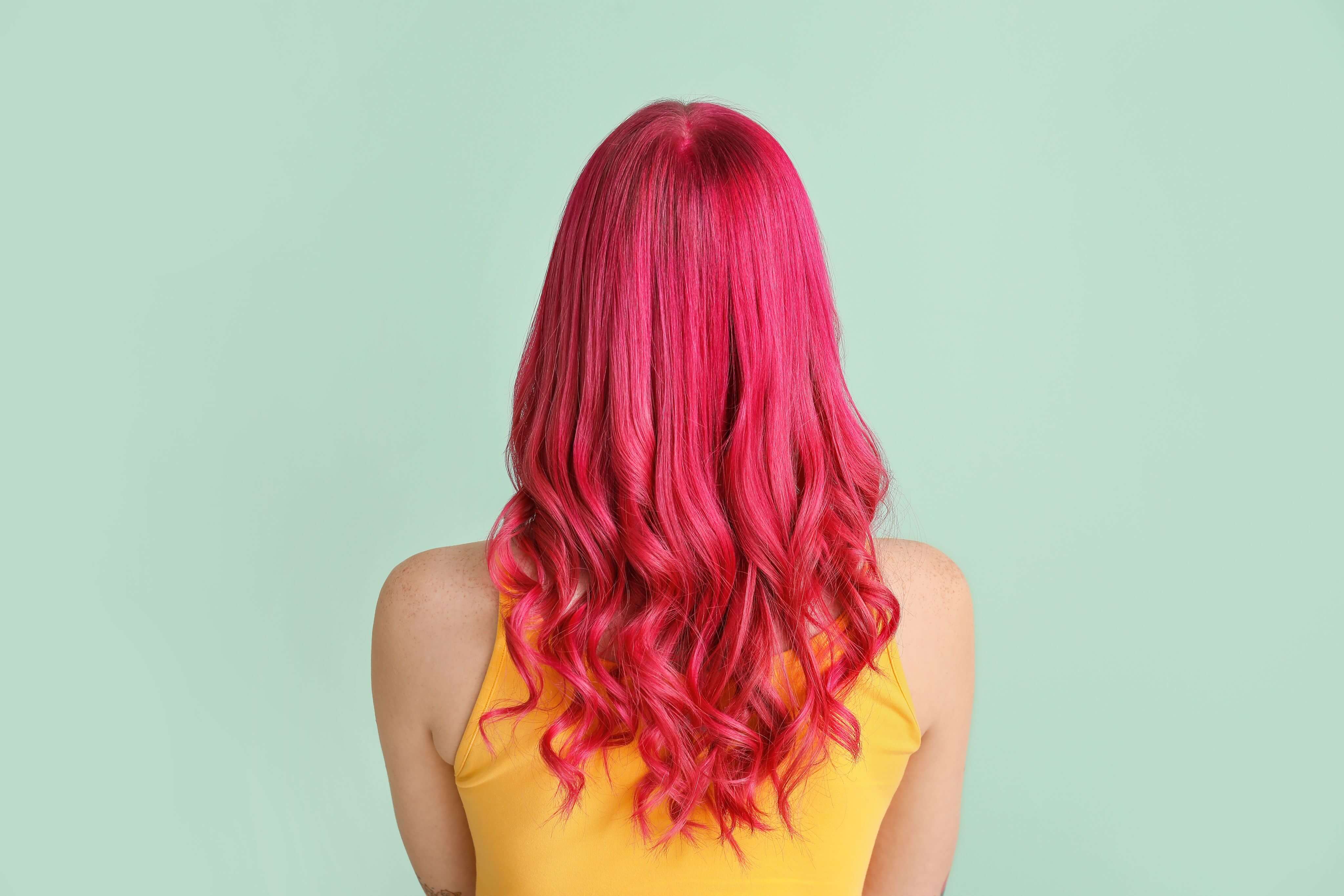
21 September 2023
Key Steps for a Routine for Colored Hair
Key Steps for a Routine for Colored HairWhether it's to add a touch of flair, conceal gray hair, or simply explore new facets of your personality, hair coloring continues to gain popularity. However, it is essential to follow the key steps of a colored hair routine to avoid unpleasant surprises! In this article, we will provide you with our tips for maintaining your colored hair and establishing a routine for colored hair.What Are the Risks of an Unsuitable Routine for Your Colored Hair?Taking proper care of colored hair is essential to avoid undesirable effects on your hair's appearance and health. If your routine does not meet your needs, your color may not last. You might experience a loss of shine, fading colors, dry and fragile hair, or simply reduced color durability due to an unsuitable routine.Our Tips for a Colored Hair RoutineTo avoid frequent touch-ups and preserve the shine and health of your hair, we will give you the essential steps for a colored hair routine.Essential Products: Before reviewing the essential products for your colored hair routine, it is important to remember that a hair routine is not only about using recommended products. Reducing the frequency of hair washing and favoring lukewarm or cold water over hot water can prevent hair dryness and rapid color fading.Regarding shampoos and hair masks, we recommend choosing sulfate-free, paraben-free, and silicone-free products. These chemicals are known to strip color and weaken hair. Rodolphe&Co's colored hair shampoo and hair mask, patented Keraguard, are perfect for preserving the color and shine of your hair.Tip: It is not necessary to use the hydrating mask and shampoo more than twice a week. Alternate the use of shampoo with dry shampoo between washes if needed.Use Suitable Styling Products: For styling products, opt for gentle products such as mousses or styling sprays to protect the color while giving shape and texture to your hair to avoid making it too thin.Tip: Avoid styling products that contain alcohol, as they tend to dry out the hair and make it brittle.Regular Touch-ups: We recommend doing touch-ups when necessary. If your colored hair routine meets your hair's needs, it is advisable to wait at least four weeks before doing a touch-up. This will cover regrowth and maintain color uniformity in your hair.It's important to note that the frequency of touch-ups may vary from person to person, so it's best to monitor your own hair and do touch-ups when regrowth is too visible or the result no longer satisfies you.A Suitable Diet for Long-lasting Color:Diet plays an important role in hair health. A diet rich in antioxidants (berries, citrus fruits, carrots, tomatoes, and peppers) will help protect your hair against products that can alter the color.Since hair is primarily composed of proteins, it's essential to consume them to maintain their strength and health. (Animal sources: chicken, fish, and eggs; plant sources: tofu, legumes...) Finally, foods rich in Omega-3 (salmon, flaxseeds, vegetable oil...) will prevent dryness and maintain your hair's hydration.You can also add dietary supplements containing essential vitamins for strong, healthy hair to your diet.How Do Chemical Colorings Affect Our Hair?The use of permanent or semi-permanent chemical colorings can, after several applications, damage your hair and degrade its health. The keratin in the hair can be damaged by the chemical compounds in these colorings, leading to a loss of elasticity, strength, and making hair brittle.Chemical colorings can also alter your hair's pH, making it drier and more porous (hair will absorb more quickly but retain less). The accumulation of products (especially silicone) will leave chemical residues on the hair, making it greasy.If you use chemical colorings, we recommend avoiding those containing silicone, ammonia, PPD, resorcinol, heavy metals, sulfates, or parabens.Do Colored Hair Require More Care and Attention?To maintain their appearance and health, colored hair often requires more care and more frequent visits to the hairdresser than non-colored hair.More Regular Haircuts: Colored hair can be more prone to damage (loss of pigmentation, dull and thin hair), especially if it has undergone chemical treatments such as bleaching or frequent coloring. Regular haircuts help eliminate split and damaged ends.A proper haircut can improve hair appearance, making it fresher and more vibrant.Keep Hair Hydrated: Colored hair tends to be drier and more susceptible to damage, especially if it has undergone chemical coloring.Adopt GreenLeaf Natural ColoringIf you are looking for a healthy and eco-friendly way to dye your hair, we offer a range of natural hair dyes made from plant-based elements and free from harmful chemicals. Whether you want a subtle shade or a total transformation, our natural dyes are ideal for pampering your hair while preserving the environment. Explore our range and find the perfect shade for you!Steps to Implement in Your RoutineTo preserve the shine and health of your colored hair, following a specific hair care ritual is essential. From gentle shampoos to nourishing masks, each step helps protect your color from external aggressions and prolong its longevity. By adopting the right practices and suitable products, your hair will reflect beauty, shine, and vitality. Remember that well-maintained colored hair is a reflection of a well-mastered hair care routine. Share your tips and discoveries with us in the comments, and find our advice for other hair types on our blog.
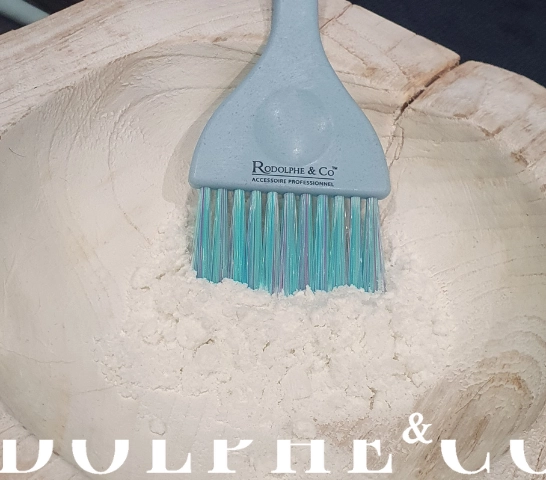
24 August 2023
The benefits of natural hair coloring: why choose natural alternatives to dye your hair
The Benefits of Natural Hair Coloring: Why Choose Natural Alternatives to Dye Your HairIn our constant quest for beauty, our hair often represents a unique field of expression. However, with the abundance of chemicals present in conventional hair dyes, many people are seeking healthier and more environmentally friendly alternatives.Natural hair dye, made from organic ingredients and free from harsh chemicals, is a growing trend gaining popularity. Not only does it offer a palette of vibrant and varied colors, but it also deeply nourishes your hair, giving it a healthy and shiny appearance.In this article, we will explore the undeniable benefits of natural hair coloring and show you why this method could be the ideal choice for you. Whether you are a beginner in the world of natural coloring or a convinced enthusiast, get ready to discover a reinvented hair universe, where beauty and respect for nature meet.Why Choose Natural Coloring Over Standard Chemical Coloring?To Preserve the Health of Your ScalpReducing your hair's exposure to harsh chemical products and agents such as ammonia, peroxides, or phthalates will lead to less breakage, fewer allergy risks, and less dryness. Natural colorings help preserve the natural oils, structure, and softness of your hair.For More Subtle and Natural ColorsNatural colorings tend to give more subtle and healthier results. They allow for shades closer to your natural hair color, providing a more authentic and harmonious look compared to chemical colorings, which can sometimes appear artificial or too bright.For Durability and Gradual FadingTired of visible roots and harsh demarcations? Natural colorings fade progressively, avoiding stark lines and making the transition to your roots more natural, reducing the need for frequent touch-ups associated with chemical colorings. Contrary to common beliefs, natural colorings last over time!A Gesture for Our PlanetBy choosing natural products, you make an ethical and responsible choice, contributing to reducing environmental impact by avoiding chemicals that can contaminate water and soil. Opting for natural coloring is embracing a healthier, gentler, and more ecological alternative, respecting both your well-being and that of our planet.How to Transition from Chemical to Natural Coloring Without Damaging Your HairIf you want to switch from synthetic to natural coloring but have doubts and fears, here are the keys to a successful transition!First, it is highly recommended not to switch from chemical to natural coloring without giving your hair some respite. Don't skip the steps! Synthetic colorings tend to damage your hair, so they need a few weeks of rest for the coloring result not to disappoint you.During this period, we advise you to adapt your hair routine to detoxify your scalp using masks and scrubs to hydrate and deeply nourish it.Rodolphe&Co offers a Dtox treatment that can be used as a scrub or poultice to cleanse and regenerate the scalp before transitioning. A cure of about 3 weeks is recommended for hair that has undergone several applications of chemical coloring.Natural Coloring: Embrace a Trendy Look While Preserving Your HairRestore Shine and Vitality to Your Hair with Natural ShadesNatural colorings, made from plants and vegetable dyes, contain beneficial properties for the shine and vitality of your hair. Some colorings based on henna or other plants like hibiscus or chamomile will work on your scalp by hydrating, nourishing, and softening it.These ingredients can also help reduce breakage and strengthen your hair. The pigmentation of natural colorings blends more naturally with your scalp pigments, providing a much more natural shine and vibrancy effect than traditional coloring. Another often overlooked point is the cumulative beneficial effect of natural colorings. Unlike accumulated chemical colorings, natural colorings will not damage your hair; quite the opposite! Natural ingredients build up over time on your hair, strengthening their structure and restoring their natural shine over time.Expert Tips for Easy Application and Professional ResultsOur experts have created several tutorials to help you apply your natural coloring correctly.Discover with Rodolphe, hairdresser, colorist, and founder of Rodolphe&Co, how to apply our Greenleaf coloring kits for professional results.Natural Coloring Recipes to Try at HomeDid you know it is possible to use everyday foods and products to achieve natural colorings easily at home?Brown Coloring:Ingredients: Powdered henna, ground coffee, apple cider vinegar.Recipe:Mix 1 cup of powdered henna with 2 tablespoons of ground coffee.Add hot water until a thick paste forms.Let the mixture sit for about 2 hours.Add 2 tablespoons of apple cider vinegar to intensify the color.Apply the mixture to your hair and leave it on for at least 1 to 2 hours.Rinse thoroughly and wash your hair as usual.Red Coloring:Ingredients: Powdered henna, carrot juice, beet juice.Recipe:Mix 1 cup of powdered henna with ½ cup of carrot juice and ½ cup of beet juice.Add hot water until a thick paste forms.Let the mixture sit for about 2 hours.Apply the mixture to your hair and leave it on for at least 1 to 2 hours.Rinse thoroughly and wash your hair as usual.Blonde Coloring:Ingredients: Dried chamomile, lemon juice, honey.Recipe:Infuse ½ cup of dried chamomile in 2 cups of hot water for at least 30 minutes.Strain the mixture to obtain a chamomile infusion.Add the juice of one lemon and 2 tablespoons of honey to the chamomile infusion.Apply the mixture to your hair and leave it on for at least 1 to 2 hours.Rinse thoroughly and wash your hair as usual.Note: Homemade colorings are generally less effective, and results may vary from one scalp to another. Be sure to perform a sensitivity test before using these mixtures on your entire hair to avoid any allergic reactions.Take care of your hair and embrace the shift to natural coloring!
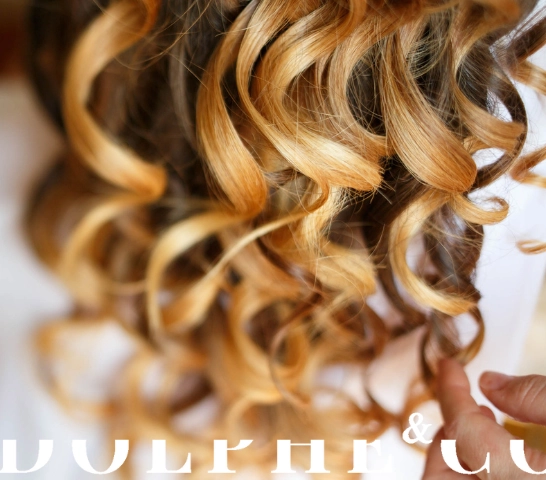
Natural curly hair routine: How to take care of your curly hair and avoid frizz Caring for your curly hair can be a real challenge. Curls require special attention to preserve their shape and avoid frizz. Proper washing, detangling and styling techniques are essential for maintaining healthy and defined curls. The beauty and health of curly hair lies in a good understanding of the hair fiber. The hair fiber, which is the basic structure of the hair, is particularly important for curly hair. It is composed of different layers that, when well nourished and hydrated, allow the curls to be well defined and radiant with health. We will, through this article, give you our tips to start or perfect your natural curly hair routine. What is a natural curly hair routine? Taking care of your curly hair in a gentle way and banning aggressive chemicals, is the essence of a natural curly hair routine. A hair routine is a list of steps and treatments to sublimate and preserve your curls. Here is an example of a natural routine for curly hair and products to have in your bathroom: Cleaning Say goodbye to chemical shampoos that contain sulphates or silicone (these ingredients tend to dry out curly hair). Opt instead for soft and moisturizing products formulated specifically for curls. Hydration Curly hair is generally drier than smooth hair, their hydration is essential. Use a conditioner or moisturizing mask to nourish your curls. Disentangling To avoid breaking your hair curls, it is recommended to use a wide tooth comb or even your fingers to gently untangle your hair (when you apply your conditioner). Start by untangling your tips and gradually ascending to the roots. Styling products Use styling creams or gels specially designed for curls while avoiding products containing alcohol. Apply them to damp hair to seal your curls. Drying When you have curly hair, avoid as much as possible the drying where you rub vigorously with a towel, it can create frizz. Drying in the open air or using a microfibre towel is recommended to keep beautiful curls healthy. Night protection To prevent your curls from tangling during the night, you can wear a satin scarf on your hair or make a braid or a high bun. It is important to remember that each person is different and that the natural curly hair routine taught is just one example, do not hesitate to experiment with other methods to find the one that best suits your curls! What are the benefits of a natural curly hair routine? Avoiding chemical hair products and turning to a natural routine for curly hair has its share of advantages. It is essential to know that chemical hair products have aggressive components in their formulas, such as sulphates or silicone. These agents tend to weaken and dry hair and curls. Switching to natural products with mild ingredients will cause less damage to your curls. It is best to opt for a natural routine if you are prone to frizz, chemicals solve this problem temporarily but damage your hair over the long term, unlike a natural serum that will work in a healthy and durable way. It is the same when we talk about the definition of curls, the silicone contained in chemical hair care will, in the long term, weigh down, make your hair soft and term while natural styling gels or pasta will preserve the bounce and quality of your curls. How to start a natural curly hair routine? You’re considering turning to a natural curly hair routine but don’t know where to start? We’ll share some tips and steps to make your transition early on in the best possible way. 1 - Evaluate the current state of your hair: First, it is important to analyze your needs in order to define the products that will best suit you. Watch carefully the state of your hair and curls. Texture, a potential lack of hydration, dissatisfaction with curls (frizz, lack of definition, etc.). 2 - Start your transition smoothly: With your needs defined, it’s time to change. If you have been using chemicals for several years, it can be beneficial to transition to natural products gently. Changing or adding one product at a time will allow your hair to gradually get used to new products. 3 - Keep your hair hydrated: Chemicals usually contain sulphates and other aggressive hair products. Prolonged use of its products affects your scalp which is why it is advisable to add to your natural curly hair routine an after shampoo or a moisturizing mask so that your hair can regain a healthy hydration. 4 - Adjust the routine to your needs: Observe the evolution of your hair and adjust your routine accordingly. Each person being different you might need to experiment with different products or methods to find out what fits best for your curls. What natural products to use for curly hair? Look for soft, sulphate-free shampoos to avoid any risk of aggression or dehydration of curls, look for natural moisturizing ingredients such as shea butter, aloe vera, etc. A conditioner or a moisturizing mask is necessary to nourish and untangle your curls, look for products containing ingredients that help maintain the hydration of your hair such as avocado, coconut oils, etc. A gel or styling cream, perfect to define your curls and control frizz, look for products that contain plant extracts, vegetable proteins for a light hold and an increased definition of your curls. Natural oils can be used to seal the hydration and add shine to your hair while nourishing it, apply in a few drops on the tips for additional protection of your curls, look for jojoba coconut oils … which are very popular for curly hair. You can find all our products to start a natural curly hair routine: here It is good to remember that if despite your new natural curly hair routine and all your efforts problems with your curls persist, it is best to contact a hair health professional.
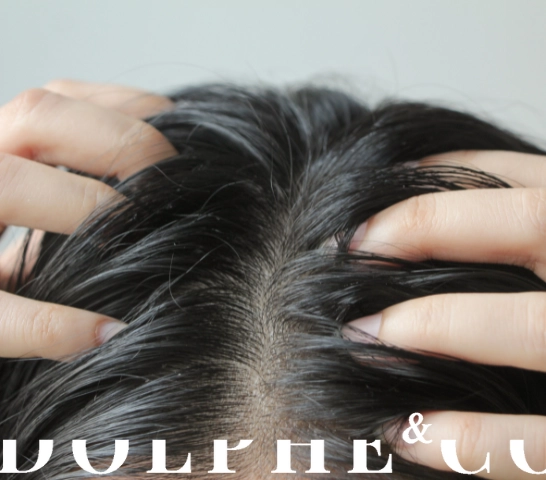
15 June 2023
Oily hair routine: how to maintain them this summer to prevent them from greasing quickly ?
In summer, avoiding that our hair grease is a real challenge, high heat, too long exposure to UV rays of the sun or even moisture promotes the appearance of greasy hair.Having oily hair is a much more common problem than one might think, in France it is estimated that 40% of people have oily hair. Characterized by an overproduction of sebum from the sebaceous glands of the scalp, the causes of oily hair are multiple.But don’t worry! Greasy hair is not a fatality, let’s review the main causes and factors of this problem. You will find in this article, our tips and tricks to fight against oily hair and set up a hair routine to spend a summer without hair worries. What are the causes of oily hair? When it is hot and sunny, the hair tends to grease more often, before wanting to embark on a greasy hair routine, it is necessary to learn about the most common factors of overproduction and secretion of sebum. - Genetics: Not everyone has greasy hair. Some people have naturally more active sebaceous glands, resulting in excessive production of natural sebum. - Hormones: Mainly during adolescence, pregnancy or menopause, disruption and hormonal fluctuations tend to stimulate the production of sebum. - Food : Often forgotten, an unbalanced diet can play an important role, we advise you to reduce if possible the consumption of fatty foods and derived from refined sugar (very present in industrial prepared dishes). - Touching the hair : Even if this is not a factor contributing to the overproduction of sebum, passing your hands too often in your hair will contribute to the spread of sebum on your hair, making them look more oily.Use of inappropriate products: Shampoos or after shampoos too aggressive or rich in silicones will disturb the natural balance of the scalp and increase the production of sebum. - Stress: Being in a state of stress can trigger the production of cortisol that stimulates the overproduction of sebum when stress becomes chronic. Can greasy hair cause dandruff ? Having oily hair can be the cause of dandruff on your scalp, indeed an increased production of sebum will be beneficial to the proliferation of a small fungus called Malassezia. Present permanently on our hair, excessive growth of its yeast can lead to itching, irritation, or desquamations that result in the appearance of dandruff.To treat dandruff problems as well as oily hair, we advise you to use our oily hair routine coupled with the use of a gentle anti-dandruff shampoo as well as a anti-dandruff cure* using our serum. How and how often does she wash her hair? Washing daily or spaced ? When you have oily hair, it is generally recommended to wash your hair 2 to 3 times a week. The sebum appears at the roots of your hair and moves up to your tips, a daily washing of your hair will prevent the sebum from reaching your tips, the sebaceous glands will produce more sebum to try to fulfill their task.Our advice: Wash your hair with a recurrence of 2 to 3 days depending on your scalp. On days when you don’t wash them, you can use a dry shampoo to absorb excess oil and prevent your hair from greasing. What products should I use for my oily hair routine? To start, avoid aggressive and heavy styling products such as gels, waxes or oils. If you use styling products, opt for light formulas.It is best to avoid shampoos and conditioners containing chemicals such as sulphates as well as too moisturizing or rich products as they can weigh down the hair. Prioritize gentle shampoos, sebum regulating shampoos and conditioners or masks that do not make hair heavy. Regulating sebum by changing your lifestyle To preserve her hair and put all the chances on her side to curb the overproduction of sebum it is possible, in addition to a greasy hair routine, to make some changes in your lifestyle. A balanced diet and a reduction of stress will become your allies to fight against greasing hair. Eat healthy During the summer period, one is more inclined to let go (holidays, sun, evening with friends or family) even if some gaps have very little impact on your hair, a too high recurrence and a repeated food imbalance will lead to increased sebum production. Here are some tips to keep a balanced diet even in the summer.Avoid overconsumption of foods high in saturated fatty acids (bad fats), such as fried foods, sauces or prepared industrial dishes, and refined sugars.Preferred eating foods rich in omega 3 and high in protein such as fatty fish (salmon, sardine, tuna), lean meat (chicken, turkey), eggs and vegetables.As an alternative to meat and fish there are products such as soy, chickpeas, buckwheat, linseed and oil.Good hydration is just as important to maintain a healthy scalp. Make sure you hydrate enough (even more so during periods of high heat in the future).Combat stress Stress promotes the production of hormones and, when it becomes chronic, can disrupt our body. In order to combat stress and preserve your body and hair we will review some methods to best regulate it. Do sports Exercise regularly, whether it is gentle (walking, yoga, meditation) or intense, the sport helps to release endorphins, the “happiness hormones” that promote well-being and relaxation. Sessions ranging from 20 min to 1h00 3 to 5 times a week. Have a restful sleep Having a regular sleep rhythm, falling asleep and waking up at fixed times is necessary to allow the body to regenerate and regulate stress. Before you fall asleep, it is advisable to stop the screens and swap them for a good book or soft music. Love/Pamper Yourself Take time to relax and engage in activities that you like, reading, music, walking, take care of your skin and face with our beauty routine cosmetics.If you have persistent oily hair problems despite your efforts and your oily hair routine, it may be useful to consult a hair health professional (trichologist) or a dermatologist to determine the sub-causesunderlying excess sebum production.
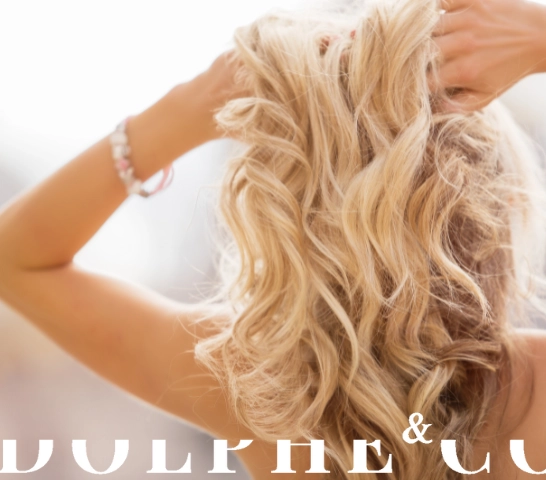
The sun’s rays can make your highlights fragile and dull, but don’t worry! In this article, we will give you all the keys and steps to adopt a natural blonde hair routine, in order to protect and nourish your hair naturally. How to protect your blond hair from the sun’s rays To preserve your hair naturally from the sun’s rays here are a few tips for this summer: Cover your hair : While it may seem obvious, wearing a scarf or broad-brimmed hat is one of the best ways to limit direct sun exposure and preserve your hair. Avoid the use of chemicals : some ingredients of hair chemicals, such as sulphates and strong alcohols, can make blond hair more sensitive to the sun. Choose natural and gentle products to keep your hair healthy every day. Moisturize your hair deeply : use moisturizing masks or hair care based on avocado, shea butter, honey to repair and sanitize the scalp.Apply natural oils : Argan or avocado oil can be applied to any type of hair to protect it from the sun. They nourish and moisturize the hair while providing protection against UV rays. Limit the use of heating tools : reduce the use of straighteners, curling irons and hair dryers, excessive heat combined with UV rays can damage blond hair and their natural coloring. What are the advantages of natural products compared to traditional products for blond hair? Hair tends to be more fragile and prone to breakage, requiring special attention. The use of natural and organic products for your blond hair has many benefits to preserve the natural coloring, flexibility and shine of your hair.Softer ingredients : natural products are composed of soft and non-aggressive ingredients for the scalp, not containing silicone, sulphate or paraben.Less chemical residues : traditional hair products usually contain chemical residues that accumulate on the hair, this can make the hair dull and lifeless. Natural products are formulated to minimize these residues and preserve as much as possible the natural coloring of your blond hair.Respect for the balance of the scalp : unlike traditional products, natural products such as oils nourish the hair and help regulate the production of sebum, thus avoiding dry or oily scalp problems that can affect the health of the hair.Hypoallergenic : Made from natural and organic ingredients, our products are less likely to cause allergic reactions or scalp irritation because they do not contain aggressive synthetic substances. What natural blond hair routine should you adopt to preserve your blond? In order to preserve the natural coloration of your blond hair and avoid dry or brittle hair, it is necessary to reduce the use of chemical hair products based on sulphates, parabens and silicones. To best preserve your blond hair or locks we recommend washing your hair twice a week using our range of blond shampoo as well as a special blond conditioner or a high hydration mask. What if my hair is dry or damaged? If your hair is forked dry or damaged try to feed it with our natural botanical oil. Based on 5 organic precious oils the oil will protect your hair from external aggressions while regenerating your hair, regain the flexibility, shine and natural coloring of your blond hair. How to apply Botanical Oil? It is possible to apply this oil in 3 different ways On dry hairApply a small amount of oil daily to your hands, then place the product on your lengths and tips (dry or wet). In an oil bathYou can apply an oil bath before your shampoo. Leave on for at least 20 minutes to bring nutrition to dry hair. The high hydration maskTo finish your natural blond hair routine, apply a high hydration mask to deeply nourish your hair. Is it possible to lighten blond hair without using aggressive chemical treatment? Mineral sweeping is a natural alternative to chemical brightening or fading treatments, without ammonia, silicone and sulphate. The mineral sweep respects your blond hair and their natural coloring and offers up to 6 tones of lightening of the natural hair base. We advise you to contact one of our partner fairs for further information.It is important to use natural products especially dedicated to blond hair for a tailored maintenance and to avoid your hair becoming dull, dry and forked. If you notice these symptoms, we advise you to use mild blond shampoos as well as moisturizing masks coupled with a special blond shampoo after. You can also get closer to a professional, in one of our partner salons, for a deep hair treatment. These products will revive your natural coloring. A natural routine for healthy hair Taking into account our advice, your hair will regain shine, strength and a deep blond.Your hair deserves to be treated with care. By moisturizing and nourishing them regularly, you can help maintain healthy hair. Visit one of our salons for more advice or on our online shop to find all the items that will complete your natural blond hair routine.

No more result
No more result





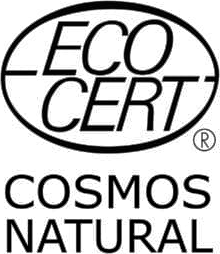
.png)




 (9).png)

Learn
together
